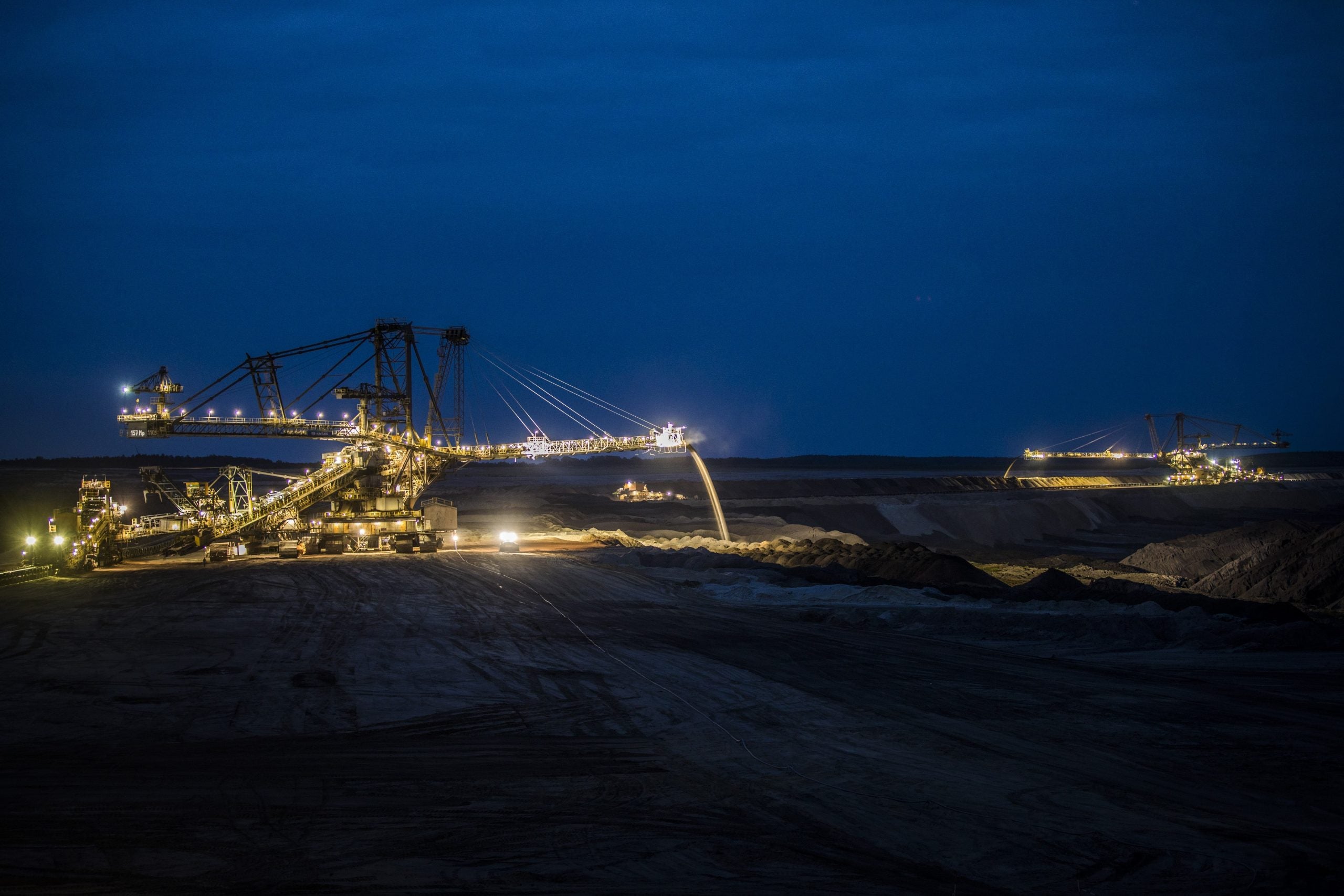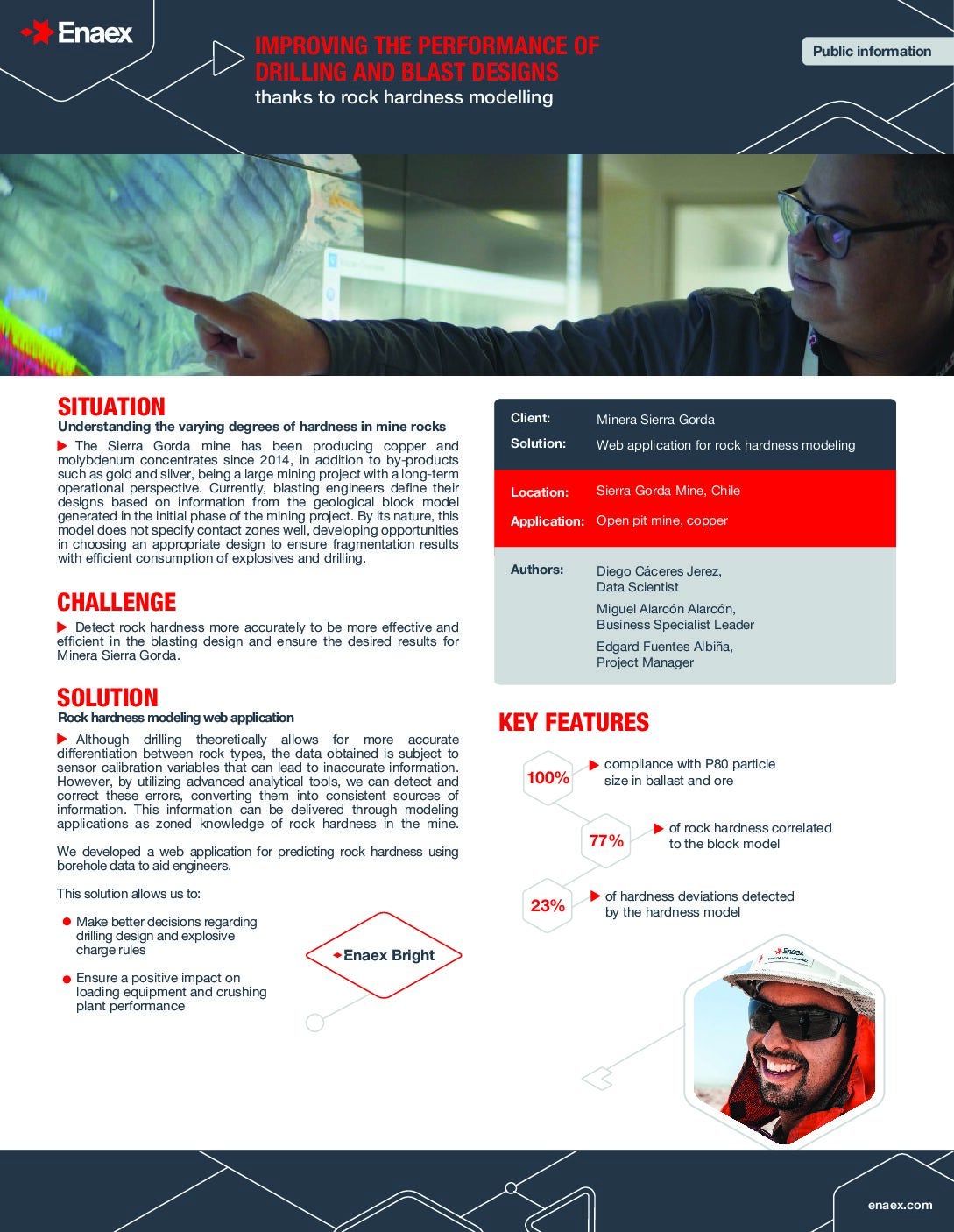
Mining was once a rudimental business, driven by axes and candles, ropes and chains. No longer. Companies like Syntax, InfosysBPM, RCS Global and IBM are bringing the power of the Internet of Things (IOT) to modern operations.
Back in 2017, IBM wrote there were five key benefits IT and internet technologies could bring. These were saving time, improving safety, automating processes, implementing predictive maintenance and delivering savings for energy and environmental costs.
Fast forward to 2023; these truths remain but are evolving. Challenges exist in mining for would-be cloud innovators, but tech companies, with the right attitude, can involve themselves in this dense and well-established game.
Reforming the mining market with IOT?
Shell and IBM’s key work has centred on Oren, a digital business-to-business marketplace platform for the mining industry, which could improve connectivity within the industry.
Oren connects mining companies with a variety of digital and technology solutions, from tech automation and cloud-enabled services to intelligent platforms that drive deep digital transformation.
The platform, as do most, seeks to help mining firms achieve decarbonisation targets, operational efficiencies and long term net-zero goals, the endgame of today’s mining.
Oren’s data platform is used in specific elements of the mining footprint; for example identifying environmental and operational impacts in tailings construction and planning. The work integrates real-time data with advanced analytics, the goal being to improve data-based decisions and actions to improve performance and safety in this key space.
Bringing together a lot of these disparate elements is a popular topic in modern mining, with companies eager to compare and contrast data from a range of sources to make more informed decisions. While this presents obstacles – presenting, standardising and interpreting this data is a whole subset of the technology industry on its own – companies such as Shell and IBM are optimistic about the technology’s long-term benefits.
IBM claims they can reduce emissions through operational efficiency by up to 20% through initiatives such as this. For context, McKinsey estimates the mining industry generates between 1.9 and 5.1 gigatons of carbon dioxide equivalent (CO2e) of GHG emissions annually, and any dent in this total could make a significant impact on the world’s climate.
McKinsey says the majority of emissions in this sector originate from fugitive coal-bed methane that is released during coal mining, mainly at underground operations. Power consumption in the mining industry alone contributes 0.4 gigaton of CO2e.
Exact metrics change depending on who is commentating, but overall they serve as a valuable reminder of the increased range of data that IOT can offer, and follow-on benefits, provided this data can be effectively used.
Oren says IOT in mining is growing. Its 2022 Mining Magazine Intelligence Digitalisation Report notes a trend of digitalisation permeating down from resource-rich majors to mid-tier players has accelerated, with over half the programmes in the reporting period launched by companies with a market cap under $20bn.
Artisanal impacts
RCS calls itself the ‘proven leader’ in data-driven environmental, social and governance (ESG) performance, responsible sourcing and responsible mining assurance, and the company works across the supply chain using IOT on these essential touchpoints.
Key data points right across supply networks offer RCS clients improved impact, compliance and sustainability reporting through its tech platform. And these clients include Ford, Rio Tinto, Glencore and Samsung; big players in the mining industry. But the same processes can be applied to small-scale mining, one of the most significant aspects of the global mining industry. Around 134 million people were thought to be employed in the small-scale mining sector and adjacent industries in 2020, and the sector is a key provider of a number of critical minerals, responsible for around 80% of the world’s sapphires, up to 30% of its cobalt, and 25% of its diamonds.
Some of RCS’ work helps small scale mining enter the global supply chain. RCS’ case studies point out that mine site monitoring on artisanal mines has historically been very challenging. In some instances, monitoring existed conceptually but was not actually implemented at all; in others the process would be done with a clipboard and pen; scarcely modern.
Through RCS Global’s Better Mining platform, smartphones are now disrupting the paper-based “moment-in-time” mine monitoring model, to offer brands a way of keeping ahead of potential ESG risks from small scale miners.
RCS says Volvo Cars now works with a small-scale mine, by assessing the conditions at the mine, before placing trained field agents on the mine who permanently monitor for risks and impacts, armed with a smartphone-based app.
These impacts are of particular importance for some of the commodities that are so reliant on small-scale mining. A fascinating RCS report across digital monitoring and data-driven risk management for cobalt and copper small scale mining shows tangible benefits from these cloud-based approaches.
The report shows occupational health and safety (OHS) risks are the most prevalent in the artisanal sector. OHS risks, which account for 26%, are far more prevalent at sites than the risks such as serious human rights abuses at 13%.
Deployment of the Better Mining program, which includes a risk mitigation monitoring process, led to a reduction in overall risk levels at four out of the five mine sites in the sample.
“Connectivity is a major hurdle”
Syntax offers bespoke, managed public, private or hybrid cloud solution plans for what it considers ‘mission-critical mining applications’, and runs the Global Mining Center of Excellence. Its global head of mining and natural resource practice, Nigel Shuffler, is keenly aware of the challenges facing connectivity in mining.
“Connectivity is a major hurdle in that there are general communications infrastructure challenges in some of the countries, on top of the sites themselves having Wi-Fi [and] network challenges; underground, large pits,” says Shuffler.
“We need to be able to build weather-resistant connectivity redundancy and resilience as well as offline and sync capabilities into the applications we deploy to overcome these issues.”
While technological advances can provide attractive solutions to many of these issues, Shuffler is aware that there is always more to do in practice.
“The Illumiti arm of Syntax has 20 years of experience implementing SAP in global mining companies, supporting head offices and site activities around the world,” says Shuffler.
“This gives us insight into the impediments of implementing technology solutions in mining operations, so we are able to propose solutions that prioritise ESG to reduce risk, influence investors, and drive new opportunities for our partners within these environments.”
Shuffler estimates the future of IOT, automation and the cloud in mining will cover vendor-provided or client-installed sensors on equipment, feeding data lakes for monitoring, analysis and predictive maintenance, plus tracking vehicle movement and output to determine and optimise productivity.
There should also be big wins to come in terms of IOT and green and sustainable mining through monitoring equipment and management of the environmental conditions at mine sites, including air pollutants, equipment operating efficiency, wastewater emissions and operational safety.
Internet of Things processes, despite challenges, are comprehensively growing in the mining sector. Solutions can be deployed at a macro level, for the attention of executives and chief officers, or IT solutions can monitor vehicle movement in real-time and help local managers protect against ESG transgressions while minimising emissions.
As with so much of modern society and business, in mining, the cloud seems a resolute part of a better future.




